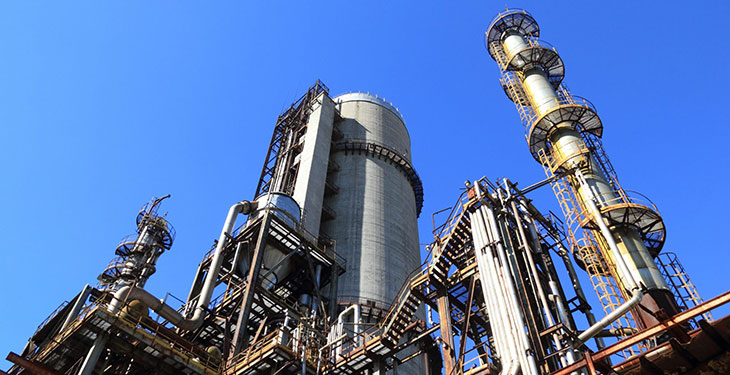Today, MOL Group announced its financial results for Q1 2020. Large inventory and foreign exchange losses resulted in MOL reporting a USD 152mn net loss for Q1, the first sign of the pandemic-related crisis. Underlying operations were running strong until mid-March, as reflected by the USD 622mn Clean CCS EBITDA, however, the pandemic had already started to severely affect all business lines in the last 2-3 weeks of March and the situation further deteriorated in April. Due to the unpredictable external environment, 2020 EBITDA guidance was withdrawn and organic capital expenditure guidance was cut by more than 25%.
Chairman-CEO Zsolt Hernádi commented on the results: “Covid-19 shapes and rules the world and the energy industry. The pandemic situation and economic crisis that follows will cast a long shadow on our overall performance in 2020. Individuals as well as companies entered a period of uncertainty we have probably never even imagined before. While we are fighting the pandemic and doing our best to protect our people, our customers and partners, we are also working hard to make sure MOL can continue to operate even under extreme scenarios and can eventually emerge even stronger from this crisis. Our dedicated people, high quality assets, strong balance sheet and our resilient, integrated business model shall help us navigating through these unchartered waters. We have already made a series of difficult decisions that will help us to achieve cash neutrality, to maintain our liquidity and financial flexibility and to grab opportunities which may arise on the way towards normalization.”
Upstream Q1
Due to the extremely low oil prices from the beginning of March, Upstream EBITDA decreased to USD 185mn in Q1. Oil & gas production volumes were 110.6 mboepd, 4% lower than a year ago, due to the natural decline in CEE. In Q1, MOL, as an operator, made an oil and gas discovery offshore Norway with a preliminary estimate of recoverable resources between 12-71 million barrels.
April update: MOL successfully closed the acquisition of Chevron’s non-operated interests in Azerbaijan, purchased 9.57% stake in the ACG oil field and an 8.9% stake in the Baku-Tbilisi-Ceyhan pipeline. The newly implemented opex and capex measures swiftly brought down portfolio level cash break-even to around USD25/barrel oil price. In Pakistan, TAL block is currently producing at around 50% of capacity given the refinery shutdowns caused by the demand drop during the COVID-19 crisis. Brent Dated oil price averaged at around USD 18,5/bbl in April, less than half of the Q1 level, and natural gas prices fell further, implying materially weaker outlook for Q2.
Downstream Q1
Clean CCS EBITDA doubled and increased to USD 295mn in Q1 from a low base, supported by doubling refinery margins. The polyol project reached 60% completion at the end of Q1. The pandemic affects the project’s supply chain and makes workforce mobilization increasingly difficult. Its full impact on the project schedule is not yet possible to assess, but delays are expected.
April update: Refineries were running at 70-75%, steam crackers at 90% capacity in April. Refinery margin was USD 9/bbl in April, but declined materially recently; petchem margin has been at EUR 500-600/t since mid-March. All main logistics routes and systems are operational.
Consumer Services Q1
EBITDA grew by 4% in local currency terms (flat in USD-terms at USD 88 mn), but the lockdown and the severe trading conditions in the last 2-3 weeks of March wiped out much of the strong growth experienced earlier in Q1 both in fuel and non-fuel margins.
April update: Fuel volumes were down in April by around 35-40% across the network, sales have started to slowly improve recently. Non-fuel sales and margin initially declined, but grocery sales improved in the last few weeks and assortment was widened. Recent non-fuel performance is only 10-20% below last year’s level.
Gas Midstream Q1
EBITDA grew by 9% compared to last year’s first quarter results to USD 71 mn, driven by higher volumes and lower operating expenses. Domestic transmission volumes were flat while export transmission volumes increased by 39% in Q1. OPEX decreased on lower gas consumption cost, in line with lower gas purchase prices.
